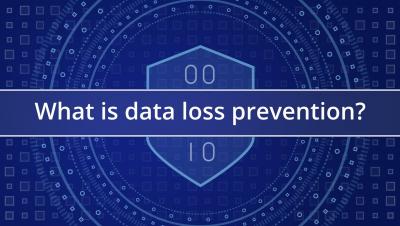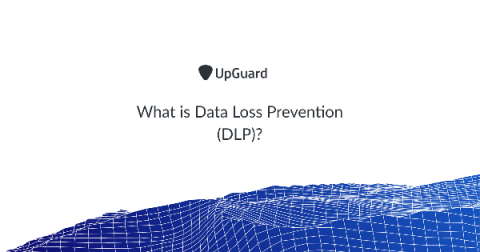Gehaxelt - How Wordpress Plugins Leak Sensitive Information Without You Noticing
Sebastian Neef (@gehaxelt) is a IT security freelancer and a top contributor from the Detectify Crowdsource community. In this guest blog, he looks at ways WordPress plugins leak sensitive data in the wild: The OWASP Top 10 puts Sensitive Data Exposure on the 3rd place of the most common web security issues. In this blog post we will have a look at sensitive data exposure that you might not be aware of.








